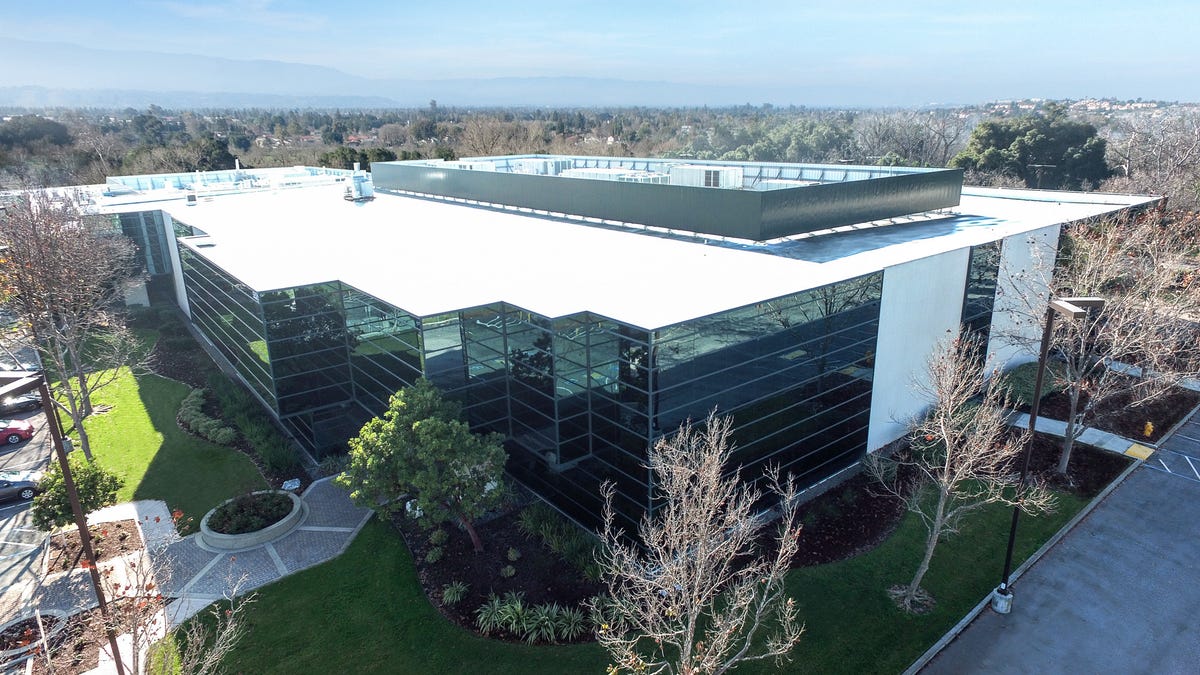Velodyne hopes new megafactory can bring Lidar prices way, way down
When Google first purchased Velodyne's parts for its self-driving car project, it paid $73,000 per unit. Woof.

Many companies rely on Lidar when developing autonomous cars, but the technology is still pretty darned expensive. Velodyne hopes to change that with its new megafactory.
Velodyne was the first company to market Lidar for use in cars, and it's hoping to keep its grasp on that market with a gigantic factory aimed at producing boatloads of Lidar emitters. Its new megafactory in San Jose, California, hopes to produce 1 million units each year by 2018. It is already producing the company's flagship HDL-64 sensor.
If you see an autonomous car with a rapidly spinning component on top, that's the Lidar sensor at work.
Combined with Velodyne's claimed breakthrough in Lidar sensor design, this production ramp could bring Lidar unit prices below $50. That's ridiculously impressive, considering Google paid about $73,000 for each HDL-64 during development of its self-driving cars . Currently, units still cost thousands of dollars, if not tens of thousands, each.
Lidar works by measuring the distance to a target with a laser . It can produce maps with very high resolution, which makes it an important tool for all manner of craft, from autonomous cars to the military's unmanned aerial vehicles. Lidar sensors traditionally take the shape of a can or puck, like the one that lives atop the hood of Faraday Future's FF 91.
While many automakers are using this technology in their self-driving cars, there are a few holdouts, most notably Tesla . The electric automaker currently relies on radar, cameras and ultrasonic sensors for its Autopilot semi-autonomous driving system, and it doesn't appear to have any plans to change that arrangement in the future.
Not every company intends to work with Velodyne, either. Back before Waymo split off into its own entity, parent company Google started working on an in-house Lidar solution for its self-driving cars. The autonomous Chrysler Pacifica, which Waymo showcased at the 2017 Detroit Auto Show , includes the latest version of that bespoke emitter.
Here's Velodyne's 32-laser sensor scanning an audience in an auditorium. This unit packs half the lasers of the flagship model.

